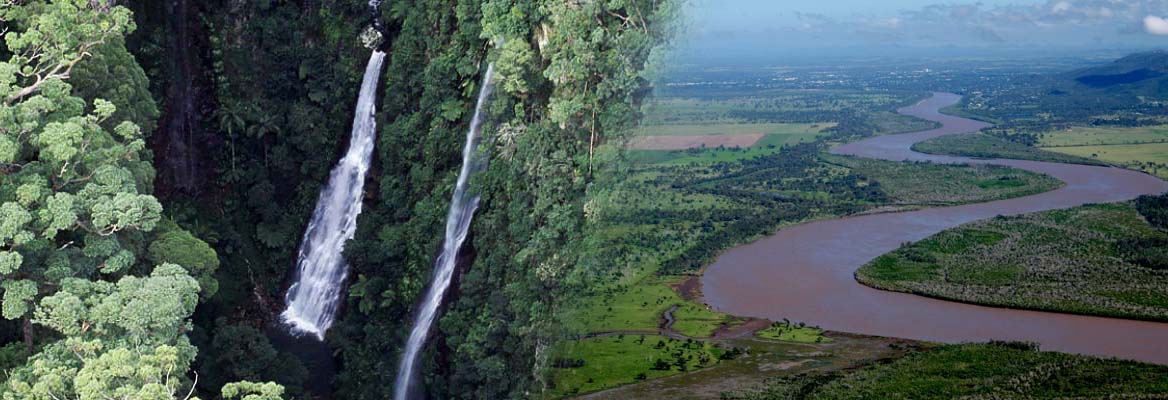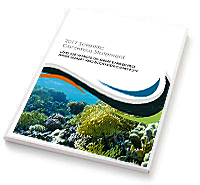|
|
WetlandUpdate September 2017Walking the landscape—catchment stories
To effectively manage a catchment it is important to have a collective understanding of how the catchment works. Catchment stories, using map journals, integrate spatial information, photographs and animations with an informative narrative to demonstrate the features of catchments. These stories describe the location, extent and values of the Northern Gold Coast (Pimpama and Coomera Catchments) and Lower Fitzroy Catchments. The stories demonstrate the key features which influence water flow, including geology, topography, rainfall and run-off, natural features, human modifications and land uses. The information was compiled using the walking the landscape process, where experts systematically worked through a catchment in a facilitated workshop, to incorporate diverse knowledge on the landscape and to develop catchment stories. Queensland Intertidal and Subtidal Ecosystem Classification Scheme
The Queensland Intertidal and Subtidal Ecosystem Classification Scheme uses the biological, physical and chemical characteristics of the water column and sea floor to classify intertidal and subtidal ecosystems, which includes estuarine and marine environments. The scheme develops a common understanding and language of classification to improve communication and lead to better management outcomes. It provides a structured framework and understanding available for mapping. Module 1—Introduction and implementation of intertidal and subtidal ecosystem classification is split into two parts. Part 1 of the module introduces the classification scheme, outlines key principles and concepts, and describes how the scheme was developed. Part 2 of the module describes the process of implementing the scheme, including how to develop a classification system, creating a typology, and mapping the final outputs and ecosystem types. A fact sheet provides a summary of the key concepts and principles of the scheme. Updates, improvements and links
WetlandUpdateThe WetlandUpdate is a regular bulletin sent to subscribers to provide them with the latest WetlandInfo resources and tools, as well as case studies, video information and new project fact sheets. View all of the previous WetlandUpdates WetlandInfo feedback and improvementsContact us via email for feedback, information or questions about wetlands. WetlandInfo feature invertebrateOur WetlandInfo feature animal is Chloeia flava, known as the golden fireworm or purple-spotted fireworm. This polychaete worm is both a scavenger and predator. It is commonly found in subtidal environments, preferring to burrow into the substrate. WetlandInfo updates this section regularly, so stay tuned for more! For more information on marine worms, visit the Queensland Museum website. Last updated: 25 August 2017 This page should be cited as: Department of Environment, Science and Innovation, Queensland (2017) WetlandUpdate September 2017, WetlandInfo website, accessed 8 May 2025. Available at: https://wetlandinfo.des.qld.gov.au/wetlands/resources/publications/latest-news/2017-09-13.html |

 — Department of the Environment, Tourism, Science and Innovation
— Department of the Environment, Tourism, Science and Innovation



